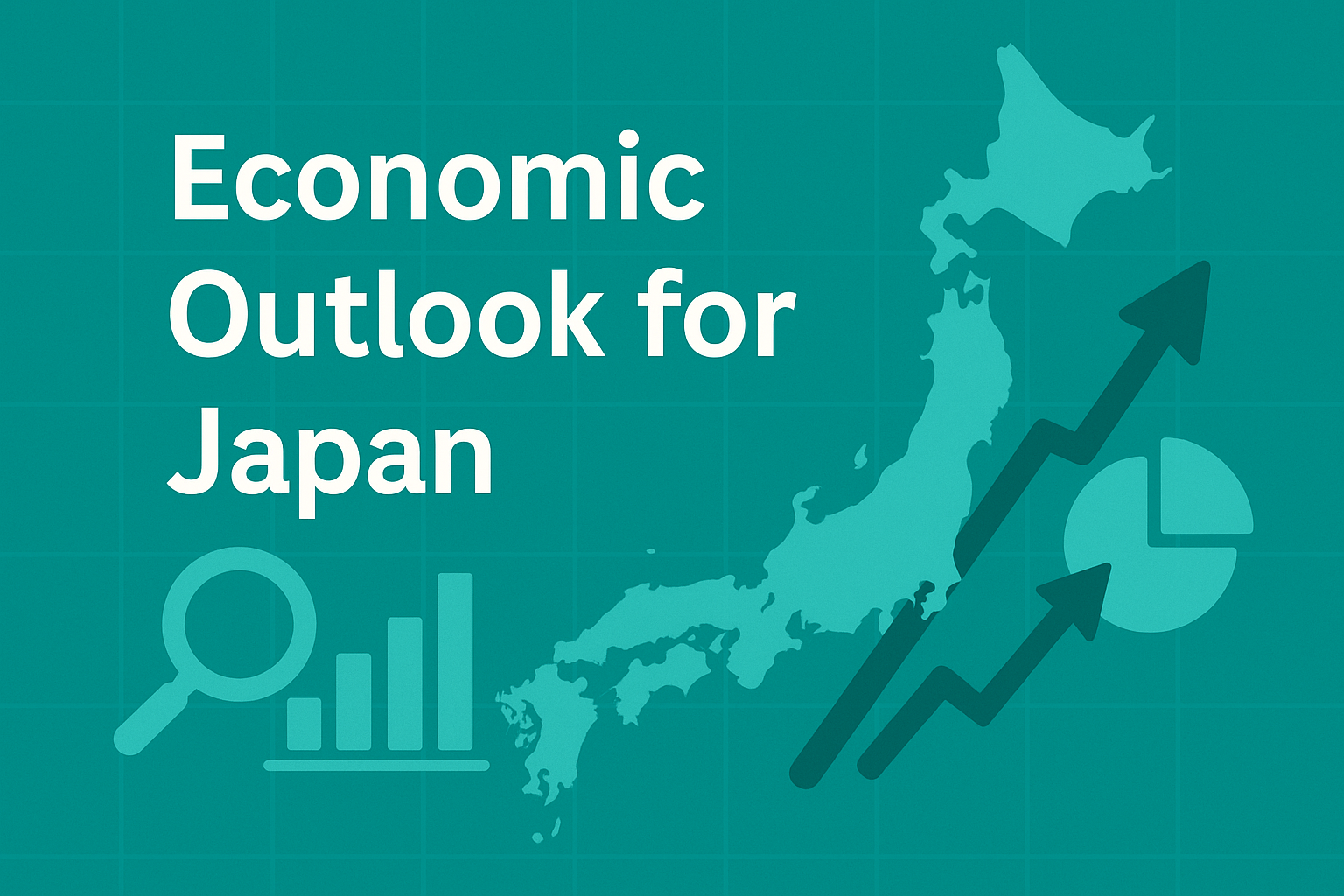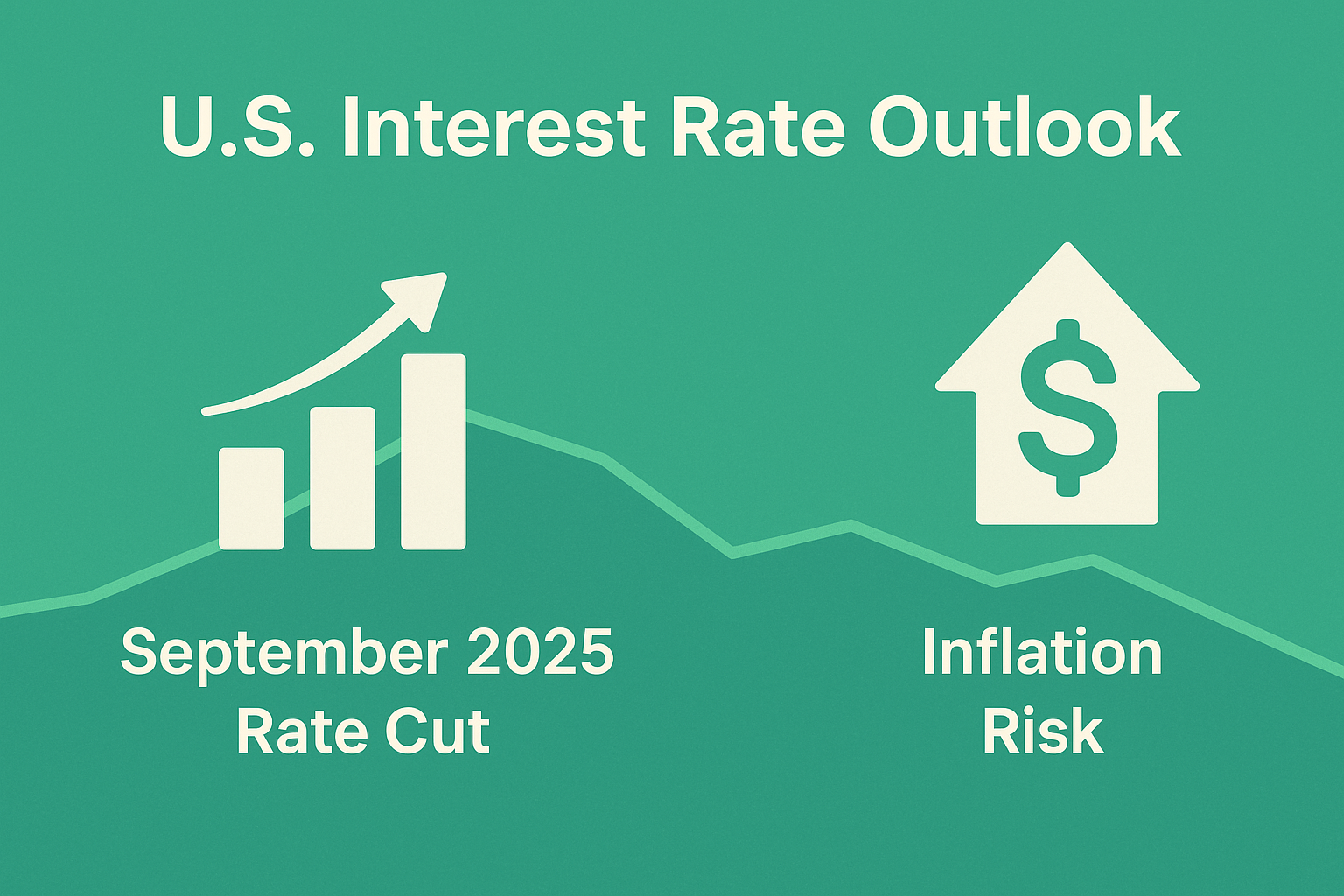Introduction
As the Federal Reserve prepares for modest rate cuts starting in September 2025, Japan faces a complex macroeconomic environment. The Bank of Japan (BOJ) has already taken steps toward normalization, raising rates to 0.5%, while the economy struggles with U.S. auto tariffs and elevated domestic inflation. This report outlines the likely scenarios for Japan’s economy into 2026, considering both global and domestic drivers.
Current Conditions in Japan
Inflation
- National core CPI remains above 3% year-on-year, while Tokyo’s core CPI has slowed to around 2.5%.
- Energy subsidies and a stronger yen are expected to gradually push inflation down toward the 2–2.5% range.
Wages
- The 2025 “Shunto” spring wage negotiations delivered the strongest pay hikes in more than three decades.
- Average wage increases are expected to settle above 5%, with small and medium-sized firms participating at record levels.
Growth
- Q2 GDP grew at an annualized 1.0%, supported by resilient private consumption despite weak exports.
- Auto exports have been hit hard by U.S. tariffs, marking the steepest decline in four years.
Financial Conditions
- BOJ policy rate: 0.5% (first hike since the normalization cycle began).
- 10-year JGB yield: 1.6%+
- 30-year JGB yield: 3.2%, reflecting long-term fiscal concerns and wage-driven inflation expectations.
Exchange Rate
- USD/JPY trades around 147, after swinging in a wide 139–159 range over the past year.
- Fed rate cuts will likely narrow the U.S.–Japan interest rate differential, adding upward pressure on the yen.
Transmission from U.S. Monetary Policy
The Fed’s 25bp rate cut in September (and possibly another by year-end) will impact Japan in three ways:
- Yen Strength – Narrower yield differentials could bring USD/JPY back toward 140–145.
- Export Competitiveness – While yen appreciation affects price competitiveness, tariffs remain the larger drag on autos.
- Inflation Trajectory – A stronger yen plus subsidies will cool imported inflation, but tariffs risk creating cost-push pressure.
Outlook Scenarios for 2025–2026
Baseline Scenario (≈55%)
- USD/JPY: 140–145
- Policy: Fed cuts 25bp in Sept + Dec; BOJ hikes once more to 0.75% in late 2025.
- Growth: Real GDP +0.5–1.0% annualized.
- Inflation: National core CPI slows to 2.3–2.7%.
Hawkish Scenario (≈25%)
- Conditions: Wage gains broaden further; service inflation stays sticky.
- Policy: BOJ hikes twice (late 2025 and early 2026).
- Growth: Slows toward 0–0.5%.
- Yen: Appreciates further, possibly 138–142.
Downside Scenario (≈20%)
- Conditions: U.S. tariffs remain in place, exports deteriorate further, U.S. growth slows.
- Policy: BOJ holds at 0.5%.
- Growth: Flirts with recession, near 0% or negative.
- Yen: Weakens back to 145–150.
Strategic Watchpoints
- Wage Momentum: Sustained 4–5% pay hikes among SMEs would justify further BOJ tightening.
- Tokyo CPI Trend: Leading indicator for nationwide inflation, now cooling toward mid-2% levels.
- Tariff Negotiations: U.S.–Japan trade talks will determine the depth of export recovery.
- Bond Yields: JGB 10-year above 1.6% and 30-year above 3% test investor appetite and fiscal sustainability.
- Currency Range: Movements within the 139–159 band will signal shifts in inflation import costs.
Conclusion
Japan’s economic outlook hinges on three forces: U.S. Fed rate cuts, BOJ’s normalization path, and the trajectory of U.S. tariffs on autos.
- Base Case: Modest yen appreciation, inflation easing toward 2–2.5%, and steady but modest growth.
- Risks: Tariff persistence could drag exports, while stronger wage pressures may force the BOJ into further tightening.
In short, Japan is entering a “cautious normalization” phase, balancing imported disinflation with domestic wage-driven inflation, under the shadow of global trade tensions.


